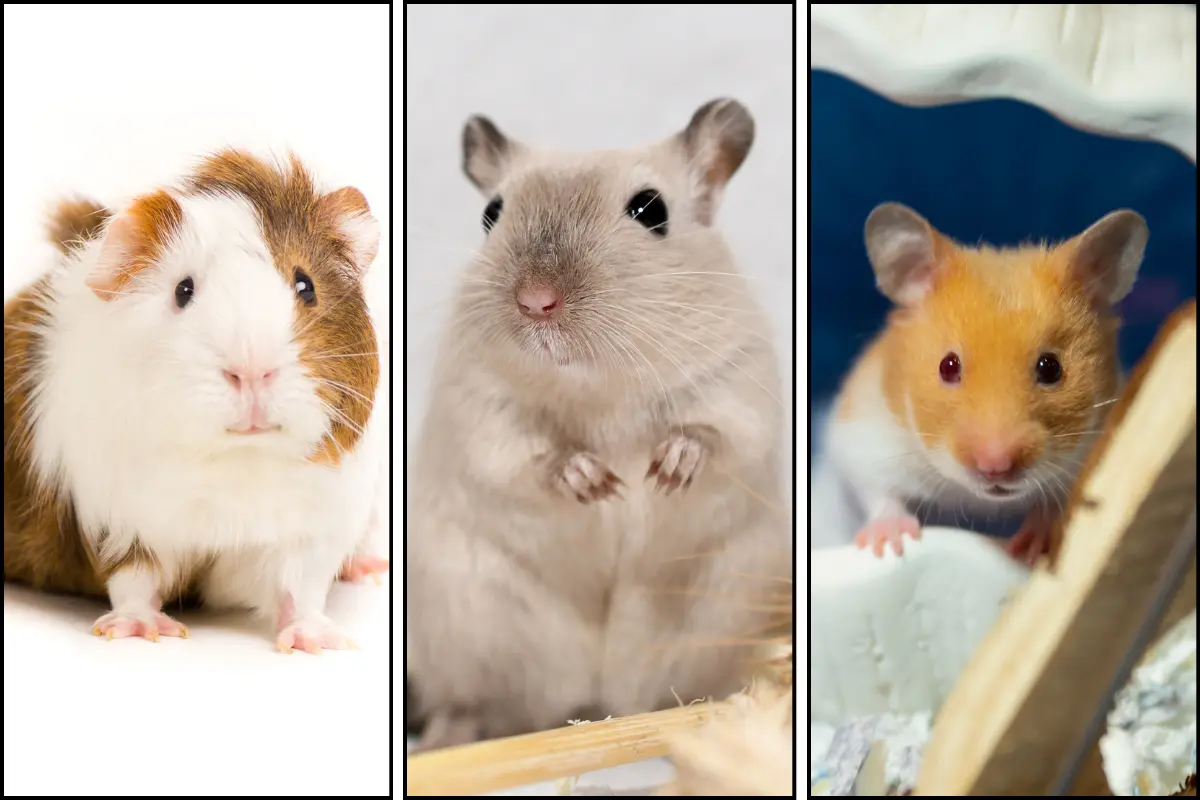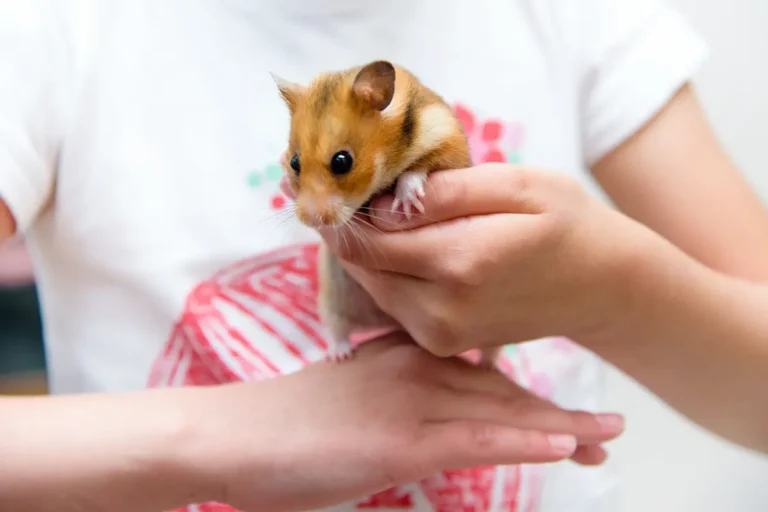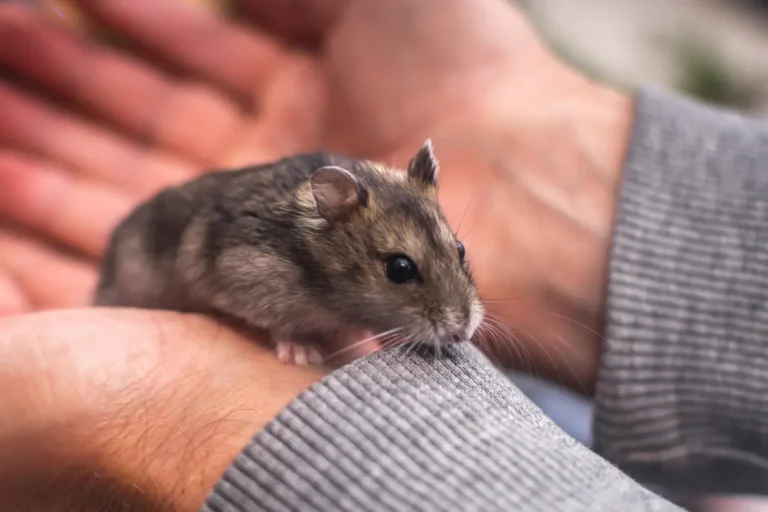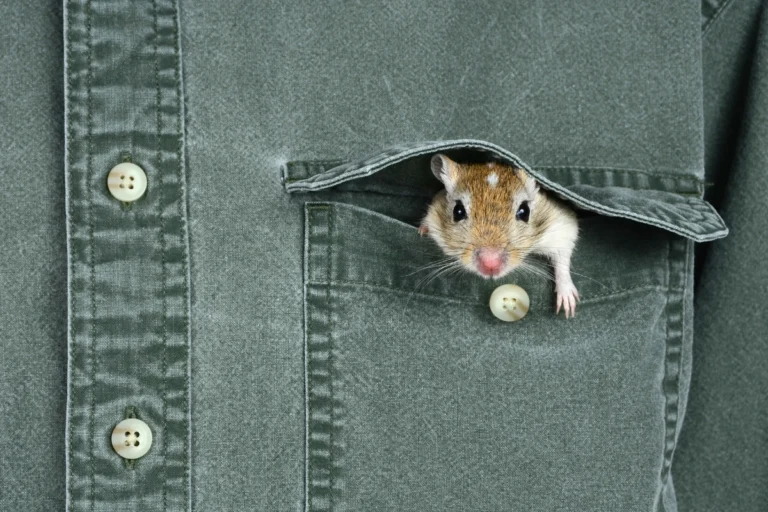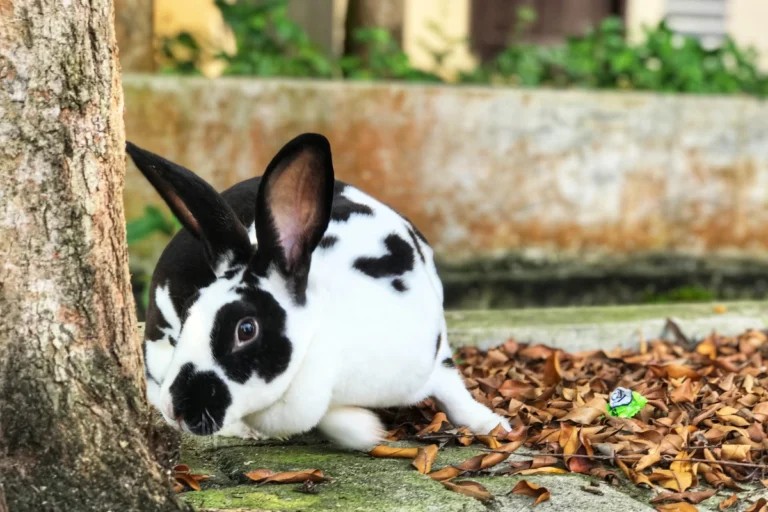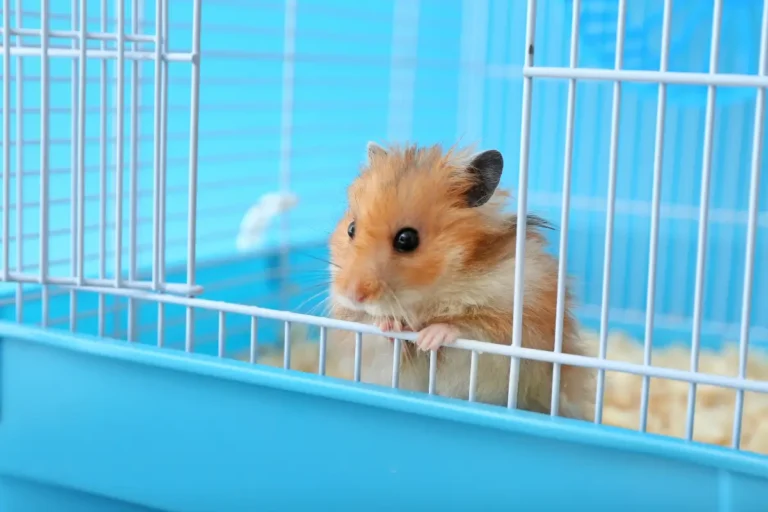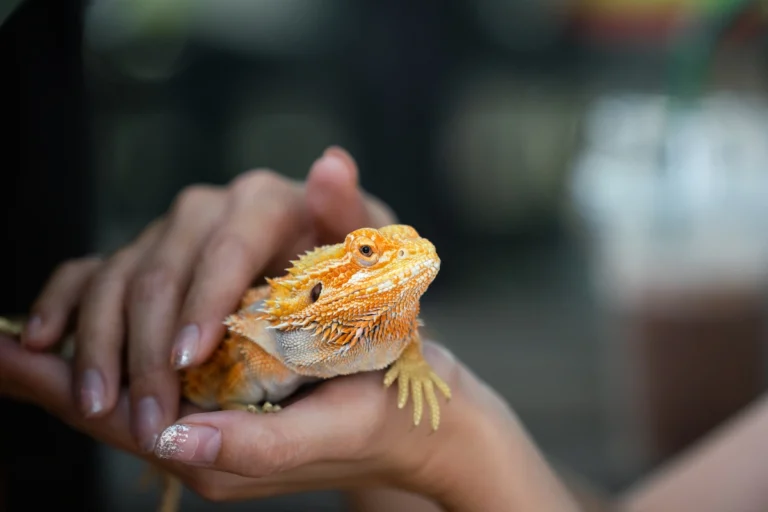Gerbil vs Hamster vs Guinea Pig: Which Makes the Friendliest Pet?
So, you’re thinking about getting a small pet, but you’re not sure which one’s the most, like, chill and friendly? Gerbils, hamsters, and guinea pigs are all adorable, but let’s be real, some are definitely more into hanging out with humans than others. Let’s break it down and find the perfect furry friend for you!
1. Personality and Temperament
Gerbils: Curious and Social
Gerbils are known for their active, inquisitive nature. They’re typically social animals that enjoy exploring and burrowing, making them fun to watch and interact with. Gerbils are usually friendlier than some hamster breeds, especially when they’re housed in pairs or small groups, which aligns with their social nature in the wild.
- Friendliness: Generally friendly, gerbils are social creatures that are often less likely to bite than some hamsters. However, they are fast movers, so they may not enjoy prolonged handling.
- Best for: Individuals who enjoy observing their pets’ behaviors and want a social pet that’s relatively easygoing with human interaction.
Hamsters: Independent and Variable Temperament
Hamsters come in a variety of species, each with its own temperament. Syrian hamsters, for example, are solitary and can be friendly with humans if socialized from a young age, though they may be territorial and bite if they feel threatened. Dwarf hamsters are more social but tend to be a bit more challenging to handle due to their smaller size and quick movements.
- Friendliness: Hamsters can be friendly, but their temperament varies widely depending on the species and individual personality. Syrians are typically calmer but prefer solitude, while dwarfs may enjoy company but are more difficult to handle.
- Best for: Those who prefer a more independent pet that requires less socialization with other animals, though regular human interaction is needed to build trust.
Guinea Pigs: Docile and Gentle
Guinea pigs are known for their calm and gentle nature, which makes them one of the friendliest small pets. They are highly social animals that thrive on companionship, both from other guinea pigs and humans. Guinea pigs are also more vocal than gerbils or hamsters, often making sounds to communicate their needs and emotions.
- Friendliness: Known for their docile nature, guinea pigs are affectionate and enjoy being handled, making them a top choice for families with children.
- Best for: Families or individuals who want an interactive pet that enjoys frequent handling and companionship.
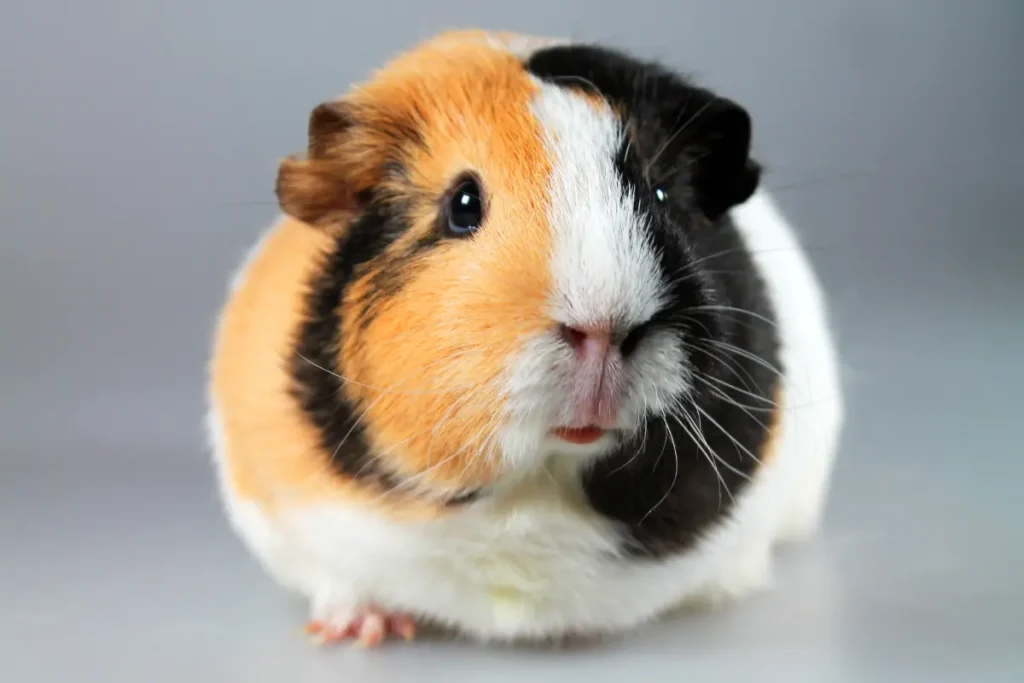
2. Social Needs
Gerbils: Highly Social, Prefer Companions
Gerbils are naturally social animals and do best when kept in pairs or small groups, particularly with a bonded partner from the same litter or species. They enjoy each other’s company, and keeping them in pairs helps prevent loneliness, which can lead to stress and behavioral issues.
- Pros: When kept in pairs, gerbils are usually more active and engaged, making them fun to watch.
- Cons: They need careful introductions if you plan to introduce new gerbils, as adult gerbils can become territorial.
Hamsters: Mostly Solitary
Most hamster species, particularly Syrian hamsters, are solitary and prefer to be housed alone. Keeping them in pairs can lead to fighting and stress, as they tend to become territorial. Dwarf hamsters are more tolerant of companions, but even they may exhibit aggression if they feel crowded.
- Pros: They don’t require a companion and can thrive alone, which is convenient if you prefer a pet that doesn’t require social housing.
- Cons: Lack of social needs may make them less interactive than gerbils or guinea pigs.
Guinea Pigs: Extremely Social, Thrive in Groups
Guinea pigs are herd animals and are happiest when kept with at least one other guinea pig. They form strong bonds with each other and can become lonely or depressed if kept alone for long periods. Social interaction with another guinea pig provides comfort, companionship, and mental stimulation.
- Pros: They are highly interactive with each other and their owners, offering lots of social engagement.
- Cons: Housing multiple guinea pigs requires a larger cage and additional resources.
Verdict: For friendliness, guinea pigs come out on top due to their social, gentle nature, making them more open to human interaction. Gerbils follow with a curious personality, while hamsters can be friendly but are often more solitary and less interactive.
3. Handling and Interaction
Gerbils: Playful but Quick
Gerbils are relatively easy to tame and enjoy being handled, though their quick, darting movements make them challenging for very young children. They are gentle and less prone to biting, but because of their speed and tendency to jump, they require careful handling.
- Handling Tip: Scoop them up with two hands and be gentle, as they are prone to jumping when startled.
- Best for: Older children or adults who can handle them gently and keep up with their energy.
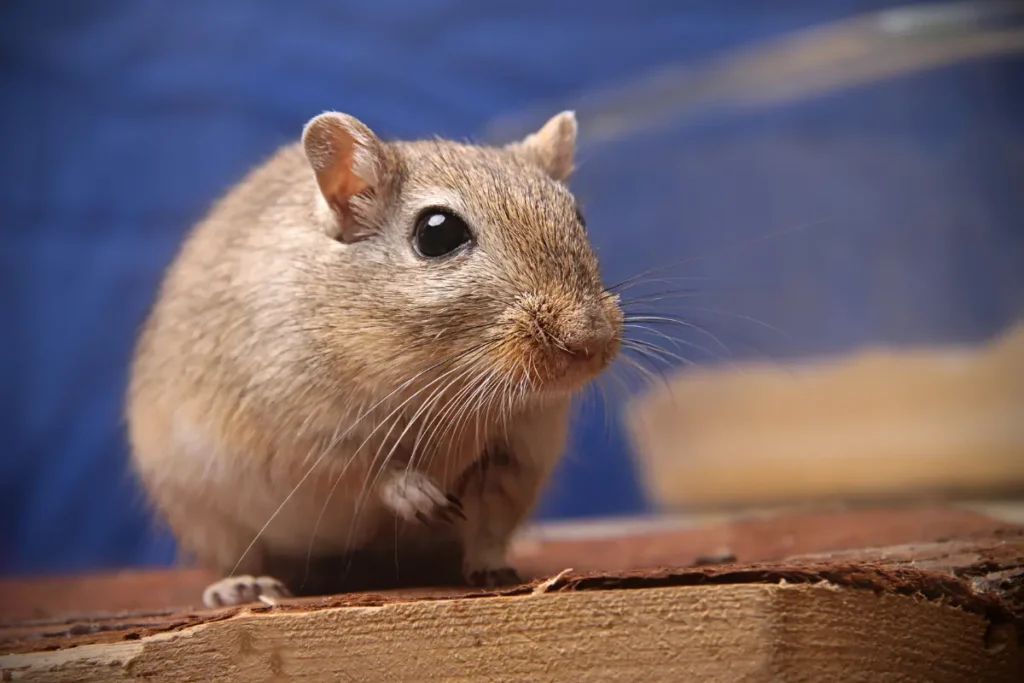
Hamsters: Best in Short Bursts
Hamsters, especially Syrians, can be good for short handling sessions and tend to tolerate being held once they trust their owner. However, they may be more prone to nipping if they’re startled or mishandled, especially during the day when they prefer to sleep.
- Handling Tip: Handle them in the evening when they’re naturally more active, and use gentle, slow movements to avoid startling them.
- Best for: People who enjoy short interactions and are mindful of their hamster’s personal space and preferences.
Guinea Pigs: Gentle and Easy to Handle
Guinea pigs are ideal for handling because they’re larger, calmer, and typically enjoy being held. They rarely bite, making them perfect for younger children and those new to small pets. Guinea pigs also respond to gentle petting and are known to communicate with their owners through sounds, which makes handling sessions interactive and rewarding.
- Handling Tip: Support their body with both hands and avoid sudden movements. Guinea pigs feel secure when they’re gently held.
- Best for: Families with children and those looking for a pet that’s tolerant of frequent handling.
Verdict: Guinea pigs are the easiest to handle and enjoy regular interaction. Gerbils can become comfortable with handling over time, but hamsters, especially the more solitary types, may be less tolerant of frequent handling.
4. Habitat Requirements and Maintenance
Gerbils: Digging-Friendly Habitat
Gerbils are natural burrowers, so they need a cage with deep bedding to allow them to dig and create tunnels. A tank-style enclosure with plenty of space for bedding works well, and they enjoy a variety of toys to chew on and explore.
- Cage Size: Minimum of 20 gallons for two gerbils, with deep bedding for digging.
- Cleaning: Weekly cleaning is generally sufficient, as gerbils produce less odor than guinea pigs.
Hamsters: Compact but Solitary Enclosures
Hamsters prefer a cage that provides enough space to move around and explore, with a solid-bottomed enclosure rather than wire. They enjoy tunnels, wheels, and nesting materials. Since they’re solitary, they don’t require as large a habitat as gerbils or guinea pigs.
- Cage Size: Minimum of 450 square inches for Syrian hamsters and 200 square inches for dwarf hamsters.
- Cleaning: Weekly cleaning, with spot-cleaning as needed to maintain hygiene.
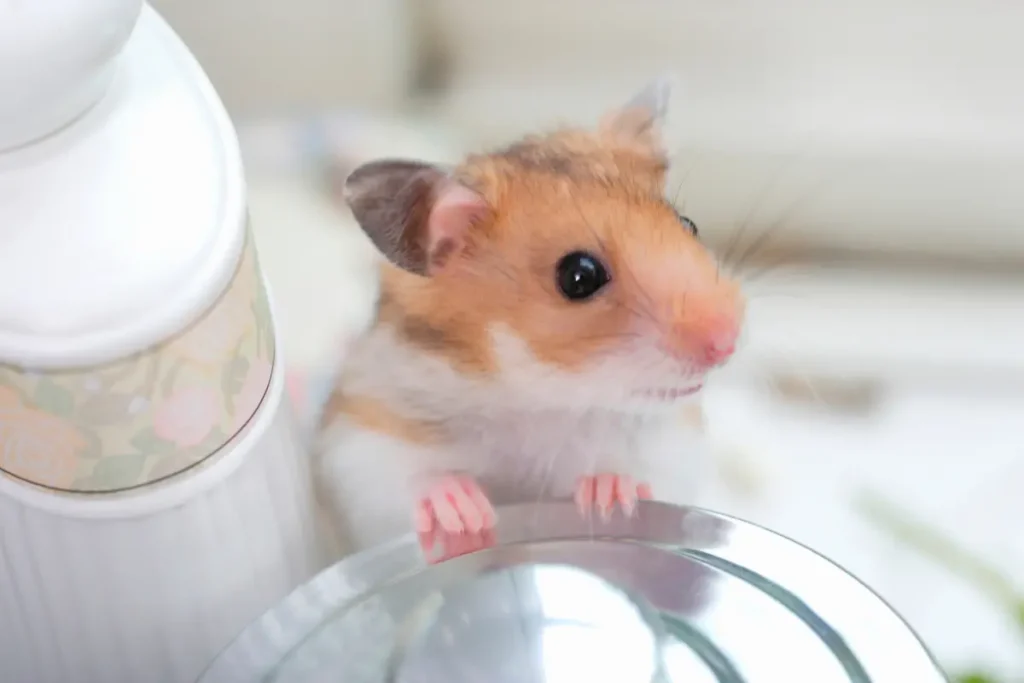
Guinea Pigs: Spacious Habitat with Group Space
Guinea pigs require more space than gerbils or hamsters, as they’re larger and benefit from group housing. They need a large cage with room for exercise, hiding spots, and soft bedding. Additionally, they require a diet of hay, fresh vegetables, and pellets, so food cleanup is part of regular maintenance.
- Cage Size: Minimum of 7.5 square feet for two guinea pigs, with extra space if possible.
- Cleaning: Daily spot-cleaning and weekly deep cleaning, as guinea pigs produce more waste than gerbils and hamsters.
Verdict: Gerbils are lower maintenance than guinea pigs or hamsters, especially regarding cleaning. Guinea pigs require the most care, space, and a well-rounded diet, while hamsters, especially Syrian hamsters, need less space but can be more particular about their cage setup.
5. Lifespan and Health Considerations
- Gerbils: Lifespan is about 3-5 years. They’re generally hardy but may experience respiratory issues or dental problems if not provided with the right environment and diet.
- Hamsters: Lifespan is about 2-3 years. Health issues can include respiratory infections, wet tail, and cheek pouch problems, but they are generally low-maintenance.
- Guinea Pigs: Lifespan is about 5-7 years, though some live longer. They’re prone to dental issues and require vitamin C supplementation, as they cannot produce it naturally.
Verdict: For those seeking a shorter commitment, hamsters are ideal, while guinea pigs demand the most extended commitment and care.
Summary Table: Gerbil vs. Hamster vs. Guinea Pig
| Trait | Gerbil | Hamster | Guinea Pig |
|---|---|---|---|
| Friendliness | Friendly, social, quick-moving | Varies by species, solitary | Very friendly, social, gentle |
| Social Needs | Best in pairs | Solitary (except dwarf hamsters) | Highly social, best in pairs |
| Handling | Playful, quick, less biting | Short interactions, more cautious | Gentle, calm, ideal for handling |
| Habitat Size | Medium, deep bedding for digging | Small to medium, tunnels and wheels | Large cage, room for companionship |
| Cleaning Needs | Weekly, minimal odor | Weekly, minimal odor | Daily spot-cleaning, weekly deep clean |
| Lifespan | 3-5 years | 2-3 years | 5-7 years |
Conclusion
If you’re looking for the friendliest small pet, guinea pigs top the list due to their sociable, gentle nature and love for interaction. They are ideal for families and those who want a pet they can handle often.
Gerbils also make excellent pets, offering a playful and curious personality, although they require more patience with handling. Hamsters, while still friendly, are best suited for those looking for a more independent pet with less frequent handling needs.
Each of these animals makes a wonderful pet, so consider their unique personalities, handling tolerance, and care requirements to choose the best match for your lifestyle and preferences.
